[Editor’s note: This story contains distressing details about residential schools. If you are a residential school survivor or have been affected by the residential school system and need help, you can contact the 24-hour Residential Schools Crisis Line: 1-866-925-4419.]
Nearly 50 years after the Lejac Residential School closed, survivors who attended the institution are leading a search for answers about children who never returned home.
It’s hoped that the search, which is expected to take years, will bring closure for First Nations from across B.C. whose members attended the residential school about 150 kilometres west of Prince George.
“There are families still wanting answers as to where their children are that never came home,” Nadleh Whut’en Chief Beverly Ketlo said.
The institution operated from 1922 to 1976 and took children from as far away as Tahltan territory in the province’s northwest and the Tk̓emlúps te Secwépemc First Nation in the southern Interior.
Out of the approximately 7,850 Indigenous children who attended Lejac, dozens did not return home.
The National Centre for Truth and Reconciliation has documented 39 children who died there. But Ketlo believes that number may be higher. “I think there were a lot of undocumented deaths,” she said.
“Every abuse possible happened there,” Ketlo added. “To listen to [survivors] tell their stories, there’s not a dry eye in the room. There are children buried there. Our job investigating this crime scene is to find answers for them.”
The geophysical search, which began in December, is being led by survivors from the school, who say they witnessed children and babies being buried outside an established cemetery that exists on the former school grounds.
It’s those areas, where burials were not documented, that will be the focus for the search, Ketlo said.
Lejac was located on a Nadleh Whut’en reserve, known to the nation as Tseyaz Bunk’ut. First Nations children also attended from nearby Stellat’en First Nation, and the two nations are partnering on the search, called Whuz Noolh’en, which means “we are looking/searching,” according to a news release.
The search was announced last week during the fifth annual gathering of 18 First Nations in B.C. who are in various stages of investigating former residential schools on their territories. Among the most advanced is the Tk̓emlúps te Secwépemc search at the former Kamloops Indian Residential School, which drew international attention when it discovered the potential burial sites of more than 200 children using ground-penetrating radar.
The Nadleh Whut’en and Stellat’en nations are also beginning their search by using ground-penetrating radar. This technology detects anomalies in the earth that could indicate an unmarked grave. Magnetometry will also be used to detect metals that may have been used for caskets, Ketlo said.
But anomalies are only a part of the story, Ketlo added. While they give clues about what exists beneath the ground, they don’t offer conclusive evidence.
If potential grave sites are found, next steps could include an archeological excavation and DNA testing. But those steps would come only after careful consultation with the community, Ketlo said.
It’s expected that the search will resurface trauma and lead to some difficult discussions within the nations.
“Our survivors tell stories of babies being buried in shoeboxes. That’s a hard one to discuss and it’s a hard one for people to accept, but there are a lot of survivors that tell that same story,” Ketlo said.
Overcrowding, malnutrition and infectious disease were all common at residential schools, which first opened in the 1880s and operated for more than a century, with the last school closing in 1996. The poor living conditions resulted in the deaths of thousands of Indigenous children at the institutions.
The Truth and Reconciliation Commission’s report on missing children and unmarked burials notes that Lejac had 181 children enrolled, despite having a stated capacity of 110.
The former residential school is also known for the deaths of four boys who ran away in January 1937 and were later found frozen to death on nearby Fraser Lake. At the time, B.C.’s senior Indian Affairs official concluded that the boys would not have died had a search party been sent sooner. An investigating coroner also blamed the school’s “excessive corporal punishment” for the boys running away.
Physical, sexual and emotional abuse were common at residential schools.
In 2003, the RCMP charged Edward Gerald Fitzgerald, a former boys’ dormitory supervisor, with physically and sexually assaulting 10 children at Lejac and St. Joseph’s Mission Residential School near Williams Lake. Fitzgerald, who was 77 at the time, fled to Ireland and never faced justice for the alleged crimes.
The Williams Lake First Nation shared similarly horrific stories of abuse and infant deaths when it announced its own search of the St. Joseph’s site two years ago.
Working together, moving beyond isolation
Holding annual gatherings for First Nations who are undertaking searches on their territories offers an opportunity to share advice and information, Stellat’en First Nation Chief Robert Michell said.
“For a long time, people that went to residential schools were in isolation, or in a silo, thinking it was only them, that no one else suffered how they suffered in that particular school,” Michell said.
“I think what [the search] is going to bring is some acknowledgment that, yes, there were other sites. Yes, there were unmarked graves. Yes, Indigenous people died at this institution and were never accounted for.”
Michell’s uncle was among the children who died at Lejac. He was helping to gather hay for livestock at the time, Michell said.
“He was killed by one of the brothers or priests who threw a haystack on him because he thought he was working too slow,” Michell said. While the family was initially told the boy had died of natural causes, head and neck trauma indicated that was not the case, Michell added.
“But back then, you were not allowed to question anything that went on in the school system,” he said.
The former residential school’s buildings were destroyed by the federal government in 1990. In the years since it closed, the Lejac site has been used by industry.
In 2019, when Coastal GasLink was preparing the site to build a work camp to house pipeline workers, the company discovered that instead of fully removing the former residential school’s foundations, the government had buried them underground.
Piles of dirt left behind as a result of industry use after the closure of the residential school will also need to be sifted by archeologists, Ketlo said.
Michell and Ketlo said it would likely be years before more is known about what else exists below the surface at Lejac. Ground-penetrating radar alone could take up to two years to complete. Any information will first be brought to nation members before it’s made public, and is likely to lead to difficult decisions about whether to proceed with more invasive search methods.
“It’s a long process,” Ketlo said. “It isn’t going to happen overnight.” ![]()
Read more: Indigenous, Rights + Justice


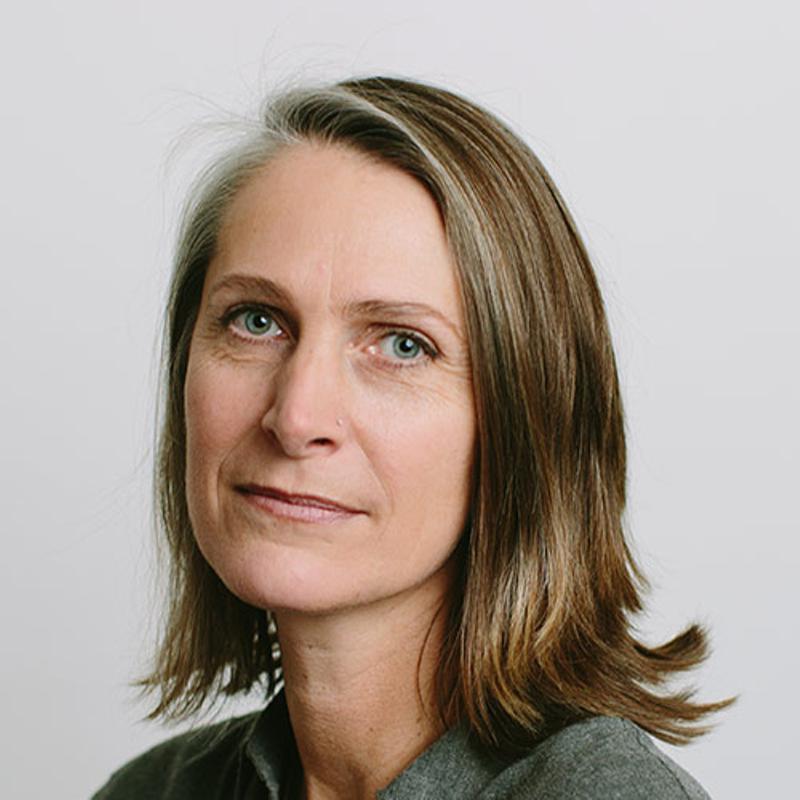

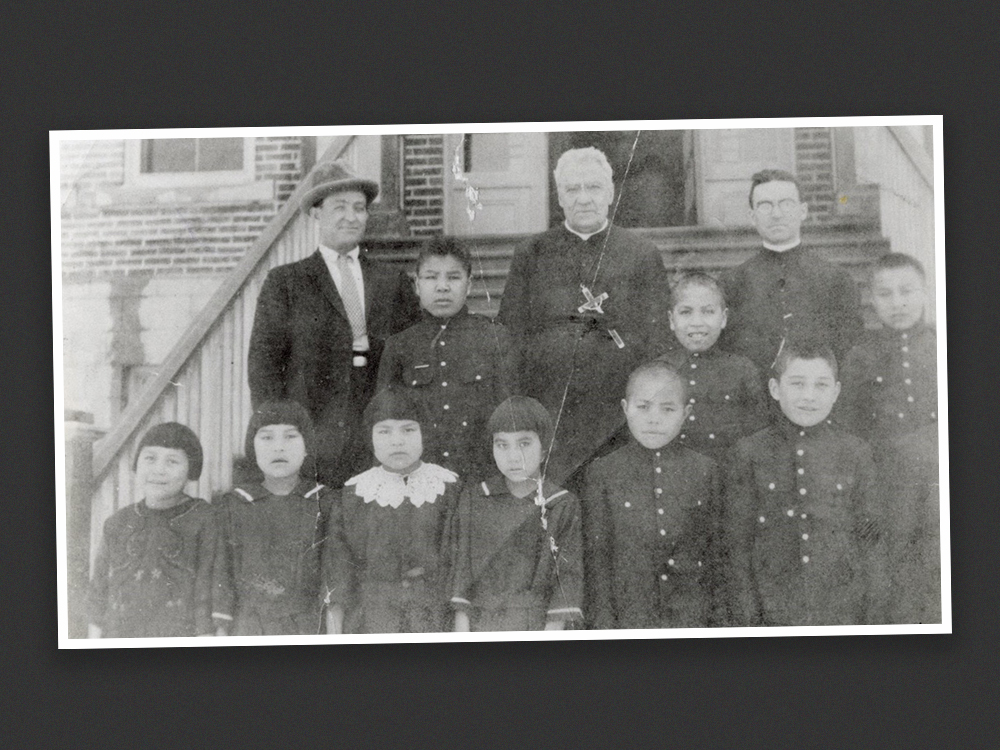

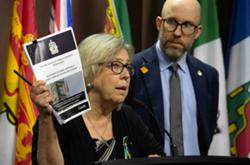
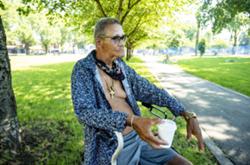
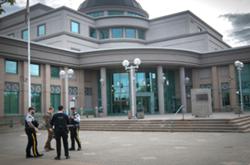
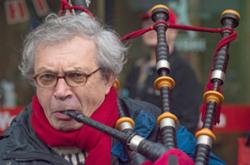
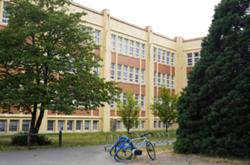


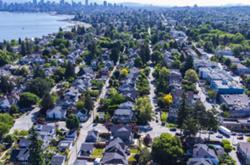


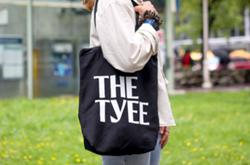
Tyee Commenting Guidelines
Comments that violate guidelines risk being deleted, and violations may result in a temporary or permanent user ban. Maintain the spirit of good conversation to stay in the discussion and be patient with moderators. Comments are reviewed regularly but not in real time.
Do:
Do not: